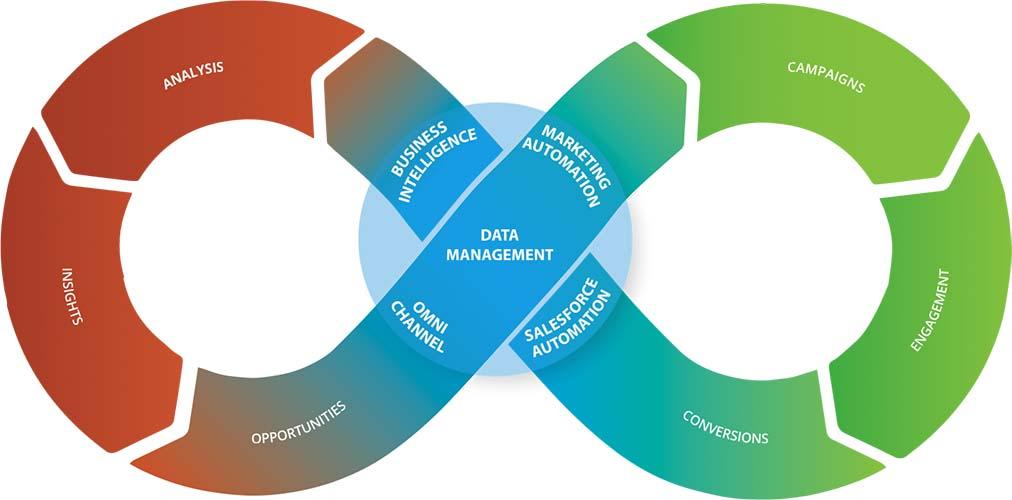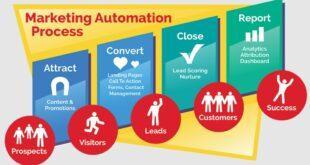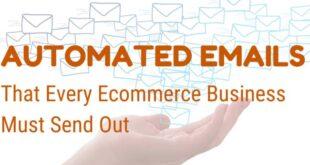Are you looking for a powerful marketing strategy that can help you target high-value accounts and drive revenue growth? Look no further than account-based marketing automation. In this comprehensive guide, we’ll provide you with all the information you need to implement account-based marketing automation successfully. From the benefits of account-based marketing to the best practices for implementation, we’ve got you covered.
What is Account-Based Marketing Automation?
 Account-based marketing automation is a powerful marketing strategy that combines the best practices of account-based marketing with marketing automation. It allows you to target high-value accounts with personalized and relevant content, creating a more personalized experience for your prospects and customers.
Account-based marketing automation is a powerful marketing strategy that combines the best practices of account-based marketing with marketing automation. It allows you to target high-value accounts with personalized and relevant content, creating a more personalized experience for your prospects and customers.
Benefits of Account-Based Marketing Automation
There are several benefits to implementing account-based marketing automation in your business, including:
- Improved customer experience: By personalizing your content to the needs and interests of your target accounts, you can create a better customer experience.
- Higher engagement rates: Account-based marketing automation allows you to create more targeted and relevant content, leading to higher engagement rates.
- Increased revenue growth: By targeting high-value accounts with personalized and relevant content, you can increase your chances of closing deals and driving revenue growth.
Best Practices for Implementing Account-Based Marketing Automation
Implementing account-based marketing automation can be challenging, but following these best practices can help you get the most out of your efforts:
1. Define your target accounts
Before you can begin implementing account-based marketing automation, you need to define your target accounts. This involves identifying the companies and decision-makers that are most likely to buy your product or service.
2. Personalize your content
Personalization is key to the success of account-based marketing automation. By creating personalized content that speaks directly to the needs and interests of your target accounts, you can create a more engaging and effective marketing campaign.
3. Use targeted advertising
Targeted advertising is an essential component of account-based marketing automation. By using targeted ads, you can reach your target accounts where they are most likely to be online, such as on social media or industry-specific websites.
4. Align sales and marketing
Alignment between sales and marketing is critical for the success of account-based marketing automation. By working together, sales and marketing teams can create a more cohesive and effective marketing campaign that targets the right accounts with the right message.
5. Measure and optimize your campaigns
Measuring and optimizing your campaigns is essential for the success of account-based marketing automation. By tracking the performance of your campaigns and making data-driven decisions, you can continuously improve your marketing efforts and drive better results.
FAQ
What is the difference between account-based marketing and account-based marketing automation?
Account-based marketing (ABM) is a marketing strategy that focuses on targeting high-value accounts with personalized and relevant content. Account-based marketing automation (ABMA) combines the best practices of ABM with marketing automation technology, allowing you to deliver more personalized and relevant content at scale.
What are the benefits of using account-based marketing automation?
The benefits of account-based marketing automation include improved customer experience, higher engagement rates, and increased revenue growth.
What are the best practices for implementing account-based marketing automation?
The best practices for implementing account-based marketing automation include defining your target accounts, personalizing your content, using targeted advertising, aligning sales and marketing, and measuring and optimizing your campaigns.
Conclusion
Implementing account-based marketing automation can be a game-changer for your business. By targeting high-value accounts with personalized and relevant content, you can create a better customer experience, increase engagement rates, and drive revenue growth. By following the best practices outlined in this guide, you can implement account-based marketing automation successfully and achieve your marketing goals.
 Sale Success Make More Money Online
Sale Success Make More Money Online






